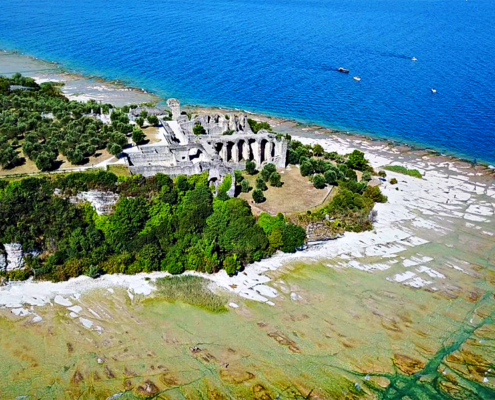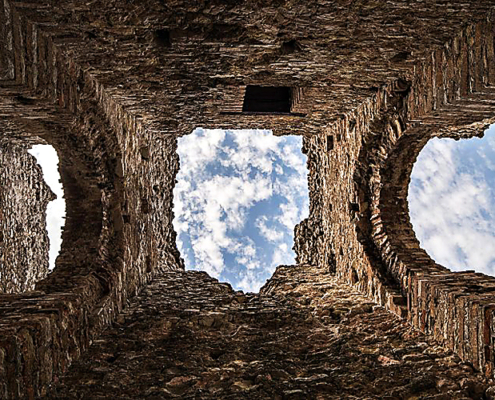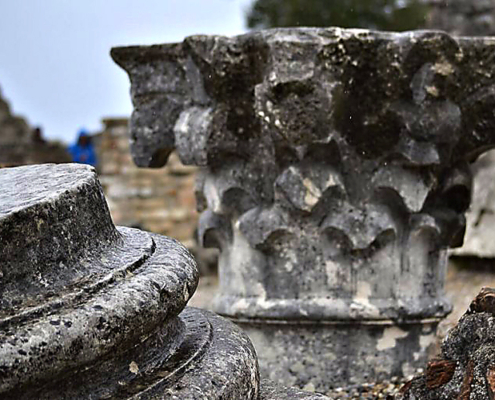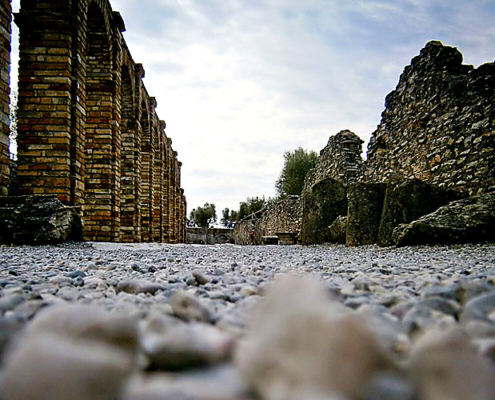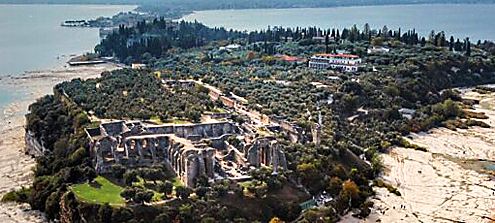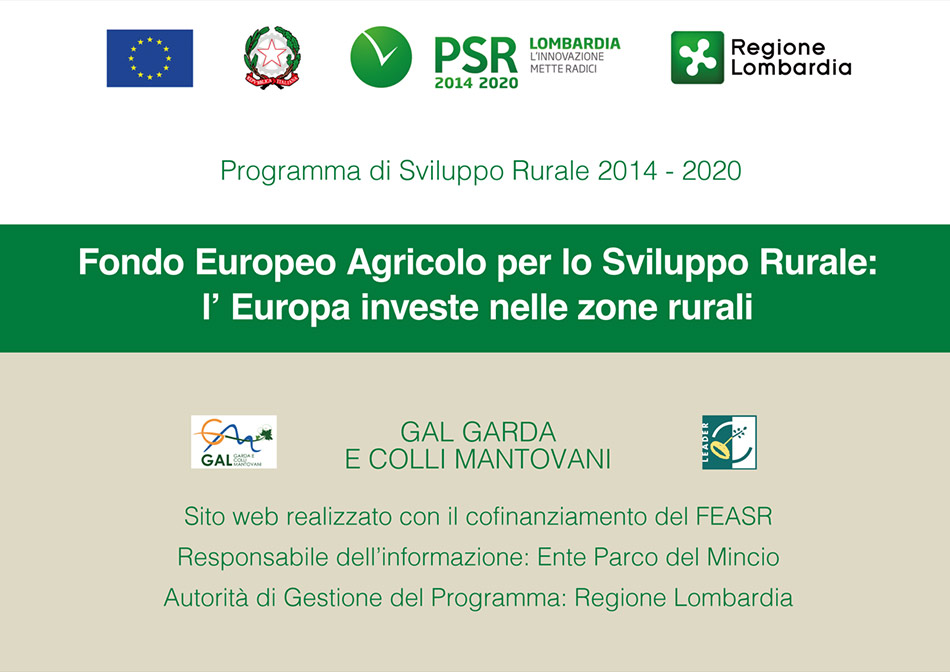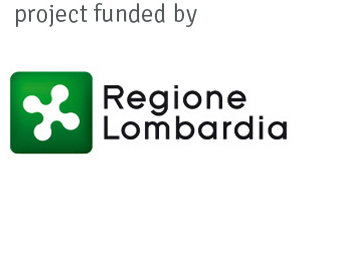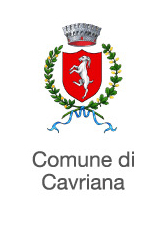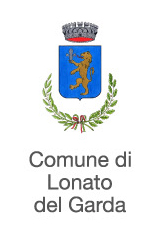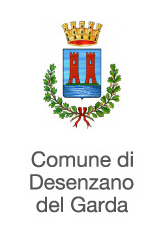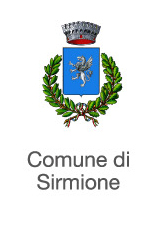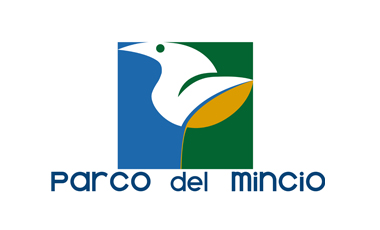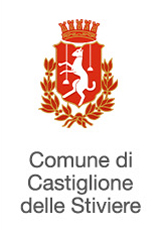![]() – Sirmione
– Sirmione
Grotte di Catullo
The history of the Sirmione peninsula begins in the second millennium BC, the Bronze Age, attested by the presence of lake-dwelling settlements found not only in the area of Lago della Maraschina (in the municipality of Peschiera), but also in those of Porto Galeazzi ( in the Municipality of Sirmione) and San Francesco (in the Municipality of Desenzano).
In Roman times Sirmione stood on the Via Gallica, an ancient road that from Bergamo and Brescia reached Verona, to connect to the Via Postumia. On the hill which takes the name of “Grotte di Catullo” (Catullus’ Caves), there are the ruins of the Roman villa (1st century AD) which a long, unfounded tradition attributes to the poet Catullus. In that period, the entire coast of lower Garda had actually been chosen as a holiday resort for patrician families, as demonstrated by the discovery, in the Sirmione site, of at least three villas, the ruins of which were renamed “Grotte di Catullo”. Spread over an area of two hectares in a panoramic position, they represent the most impressive archaeological area in northern Italy.
Due to their enviable position, the Grotte di Catullo in Sirmione are among the most fascinating archaeological sites in Italy and represent the remains of a Roman villa built between the end of the 1st century BC. and the 2nd century AD.
They are a must-see not only for history lovers, with a visit to the park, the remains and the adjacent museum, but also for those who don’t want to miss out on unique and enchanting views.
History of the Grotte di Catullo in Sirmione
It was some fifteenth-century travelers who mistook the ruins of the Roman villa which stood on the tip of Sirmione and which were invaded by vegetation for natural caves: their accounts overlapped with the popular belief according to which the site was that of the villa owned by the poet of the Roman period Gaius Valerius Catullus (84-54 BC), who had dedicated compositions to Sirmione and who however certainly lived before the construction of the building.
The name Grotte di Catullo, born from these archaic names, identifies the villa overlooking Lake Garda, on the tip of Sirmione, which is hypothesized to have belonged to the Gens Valeria, a family from Verona.
Archaeological Museum of Sirmione
Opened in 1999, the Archaeological Museum of Sirmione is located within the archaeological area of the Grotte di Catullo and houses finds linked to the history of Sirmione and Lake Garda, objects from the ancient pile-dwelling sites surrounding the Sirmione peninsula and numerous testimonies from the Roman and medieval periods found in Sirmione.
Good to know
Look at the gallery
Click a TAG for similar articles
How to get
Piazzale Orti Manara, 4, 25019 Sirmione BS



